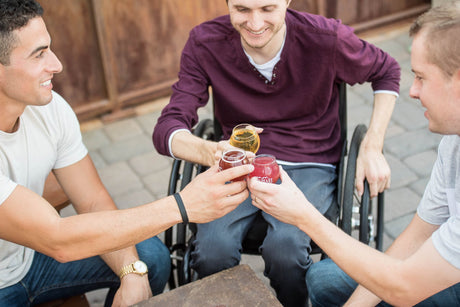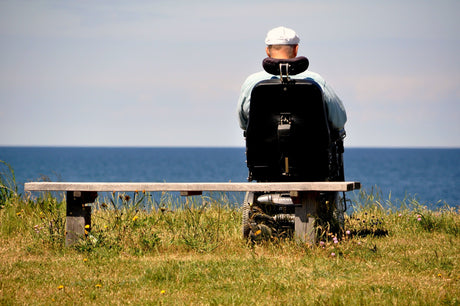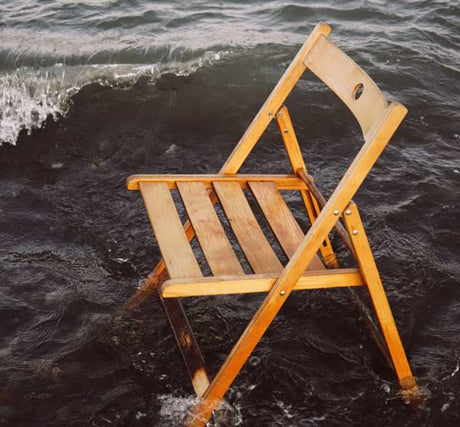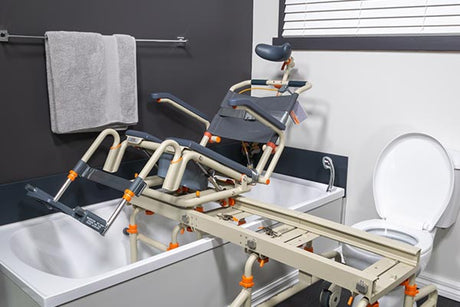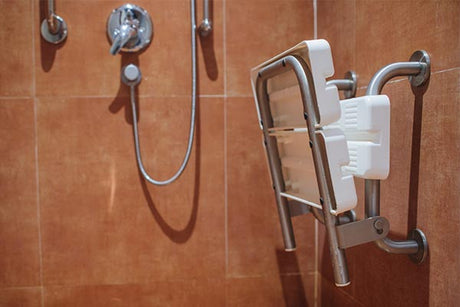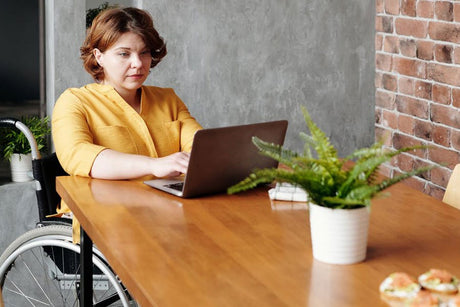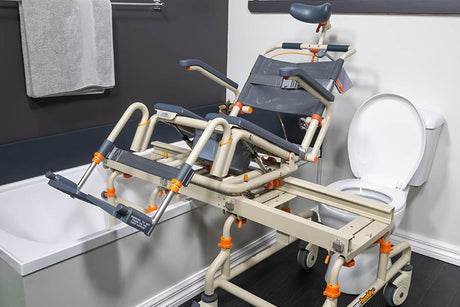Keep a standard routine
Children crave stability. For any disabled child, particularly those with mental or fine motor skill challenges, a predictable routine of bathing will help things go a lot smoother. Over repeated bathing that includes the same length of time, cleaning pattern, transfer and environment, your child will start to become familiarised with the process. This may take weeks or even months to determine the best structure for your child, but once in place can make life easier for parents and children alike.
Once the routine is in place, make sure to guide your child through it every time, from preparing, to transferring into the bath, bathing, transferring out, drying off and getting dressed. Having these stages identified will reassure your child each time.
Consider the sensory factors of bathing
A bath or shower is a pretty full on experience for a child, particularly one with mental disabilities. Think about it, from the hot, steamy air, to the sounds of the shower head or bath tap, to the intense bathroom lighting and extractor fan. If your child is predisposed to sensory overload, you might want to experiment with reducing this with some easy changes.
- Bright lighting? – look at putting in a dimmable bulb and switch to create a more relaxing space for your child. These are ideal as the light can be turned back up for other family members’ preferences, too.
- Noise? – Does the extractor fan need to be on? Can the bath be filled before your child comes into the bathroom? Is your bathroom an echoey space? Perhaps you can stay mindful of your speaking volume.
- Hot/Steamy environment? – If the weather allows, consider opening windows and provide natural ventilation to the bathroom. This will also let some fresh air in.

Stay right by their side during the bathing
You want to be within arms reach of your baby or child should they slip. It’s also important not to delegate out this responsibility to another of your children, regardless of how capable they may seem. Remember, a child may not be able to tell when their sibling is in trouble, nor be strong enough to help them if they fall over.
The best way to not be pulled away from your disabled child’s bath during the process is to be super-prepared. Gather all the soap wash, brush, cloth, towel and even toys together before you get your child into the bath. If you have other children requiring care, enlist your partner, a carer or another adult living in the house to help. Once that’s taken care of, you can simply focus on supporting your child to clean and dry off without distraction.
Secure the bathtub first
A bathtub can get quite slippery once water and soap come into the equation, especially older tubs without safety features like textured flooring. You can make the bathing process easier by adding in a rubber non-slip mat inside the bathtub floor. These are excellent for reducing movement as you clean your disabled child.
Grab bars are another popular choice for disabled children who maintain some arm and grip ability, enabling secure levers to maneuver around during bathing. These metal rails can be gripped and pulled up on, helping the child cooperate with their caregiver.
Perhaps less obvious, but very important is the need to keep the bathtub clean. Soap suds that build up on the bottom or sides of a bathtub can cause major slipping hazards during bathing. They can also hold bacteria and mould which is a health risk.
Manage temperature carefully
Hot water in the bathtub can present a burns risk if not monitored properly. Whether you’re showering or filling up the bath for your child, make sure to start cold and add hot water gradually – not the other way around. If your child is attempting to use the taps without acknowledgement of the hot water risk, you may wish to turn down the hot water thermostat at source so that water can never get to a scalding hot temperature.
As your child gets older or if they are able to understand the risk, make sure you explain carefully the danger of the hot tap and discourage using it, particularly if they do not have the fine motor skills to control it properly.
Keep bathroom hazard-free
Outside of the actual bathtub is the bathroom, complete with all the typical hazards one might expect. These are magnified for a disabled child, who is less likely to maintain stability or prevent serious injury from a fall. Here’s just a few common hazards you should address before bathing:
- Keep the floor free of toys, towels and bottles.
- Make sure the bathroom floor is 100% dry before bringing your child in.
- Any bathroom floor mats should be completely flat, with no folds to trip on.
- Empty the rubbish bin out completely – free from razors, tissue, medications and other objects.
- Turn heated towel rails off well before your child enters the bathroom – these are especially tempting for a young toddler to grab – and can be mistaken for grab bars.
- Keep the bathroom cupboard locked securely to keep your child out of cleaning products, appliances and medication.
- Remove any appliances like hairdryer, straightener or electric toothbrush charger from the plug and either store in a locked cupboard or remove from the bathroom entirely.
- Keep the toilet lid closed with child-safe latches – children will show an interest in the toilet and may fall in.
Incorporate fun into bathing
Part of making bath or shower time something to look forward to is the inclusion of toys, containers and bubbles. What works for you and your child will depend on their personality and their disability, but do try and include some elements of fun into the process. Some parents like to sing their children songs during bathtime, preparing them for the bedtime routine. For some children, enjoyment comes from relaxing with bubble bath mixture. For others, bath-friendly crayons are great for encouraging their artistic side.
Whatever the bathtime activity, don’t assume that because you are caring for a child with a disability, that fun is off the table; if anything it should be encouraged!

Encourage independent cleaning where possible
Often the more independent and in control your child feels during bathing, the better they feel about the whole process. If your child has some mobility in their arms and hands, you might have them do some of their own cleaning such as applying body wash or handling the shower head. This can be tremendously rewarding for a child’s self-esteem and puts some of the decision making back in their hands.
If your child is physically unable to carry out any of the cleaning themselves, try involving them in the process verbally, for example “what do we do after we’ve finished cleaning?”. Just having your child confirm the process as opposed to simply follow your orders can change the perception of bathing for the better.
Get a robust transfer system in place
One of the most hazardous moments of bathing for a disabled child is the getting into or out of the bathtub. And for some children with a disability, staying in a stable position inside the tub during bathing is impossible. That’s why many OTs and their client families opt for a proper shower chair with a transfer system. These consist of an adjustable, comfortable chair the user sits in, with a base and bridge that slides the child over the edge of the bath and into the tub to be bathed.
The Showerbuddy range has been designed for all sizes and ages, and includes products like the TubBuddy Tilt SB2T, which allows the user to be tilted, transferred and bathed all within the same unit. Our range of accessories including the Petite Buddy P1 and P2, make Showerbuddy ideal for showering disabled children.
Further Reading
- Bathtime for Children – Independent Living UK
- How Can I Make Bath Time a Positive Experience With Special Needs? – Autism Parenting Magazine
- Showerbuddy Product range – explore the range of options for easier shower transfer


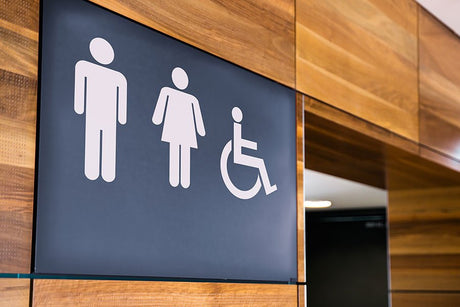
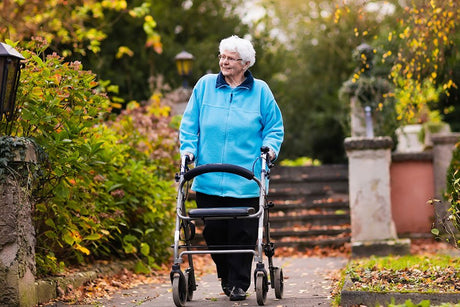
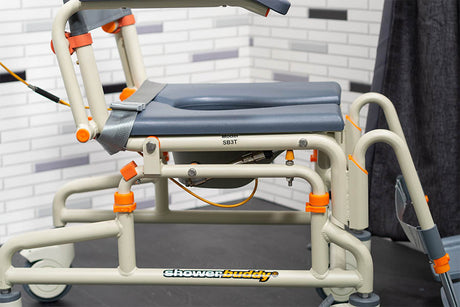
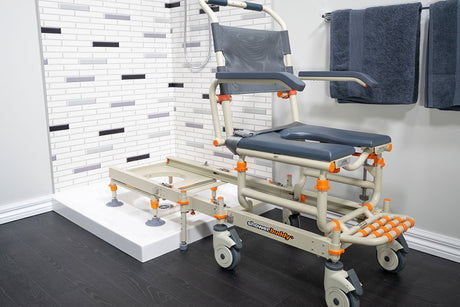
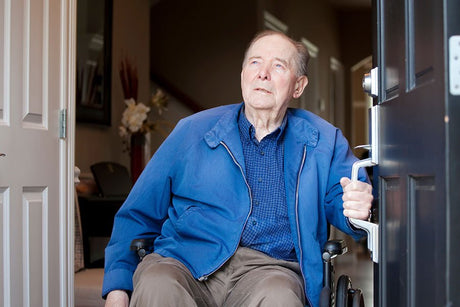
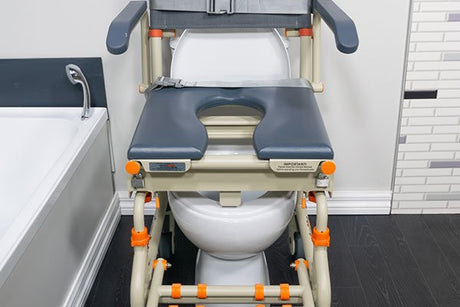


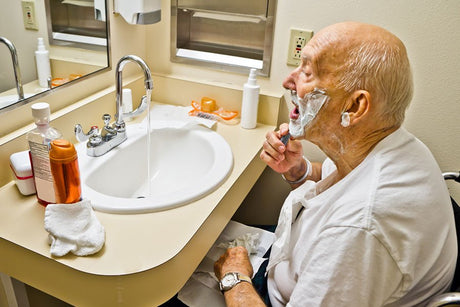
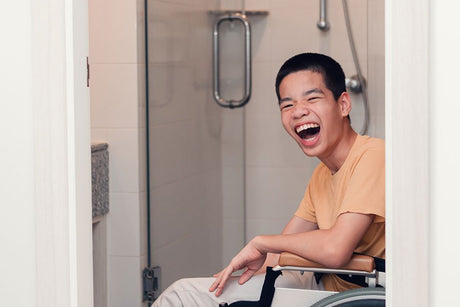
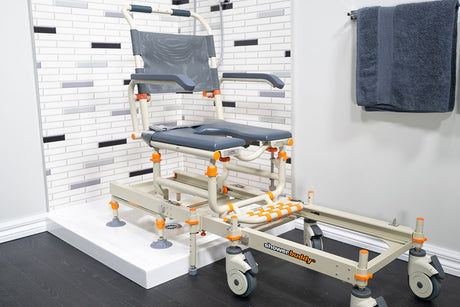

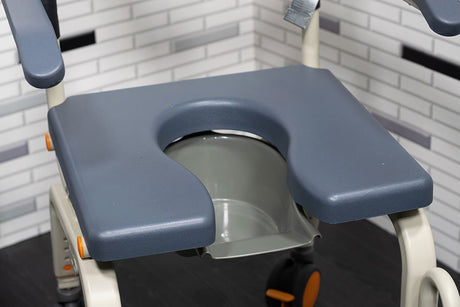

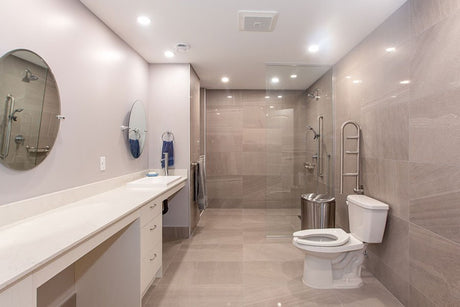
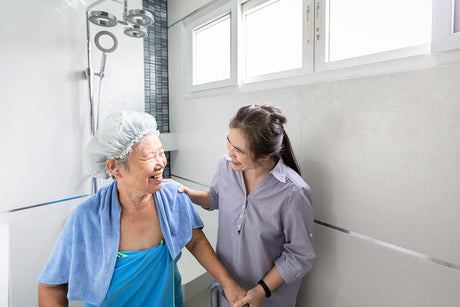
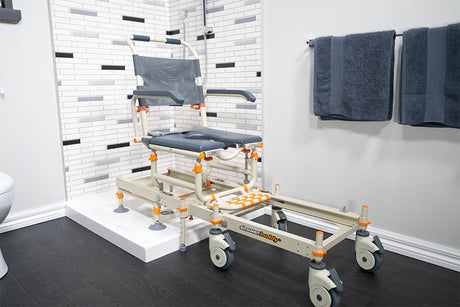

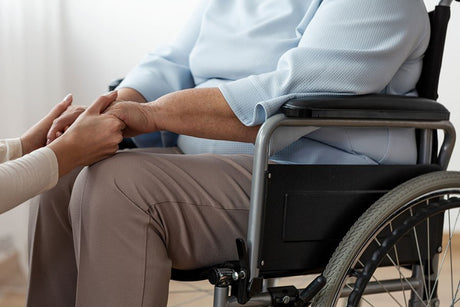
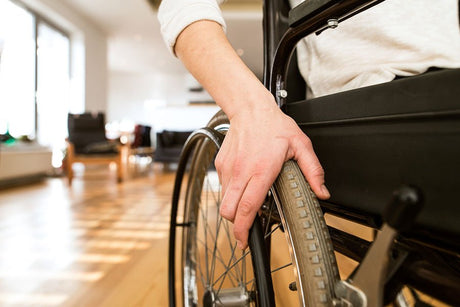
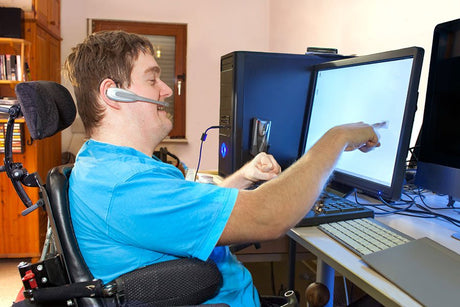

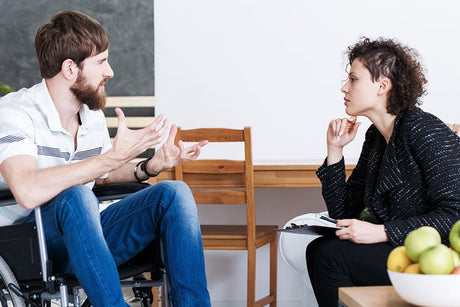
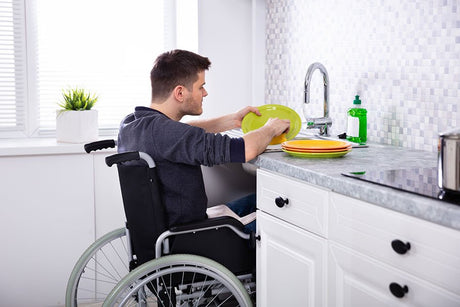
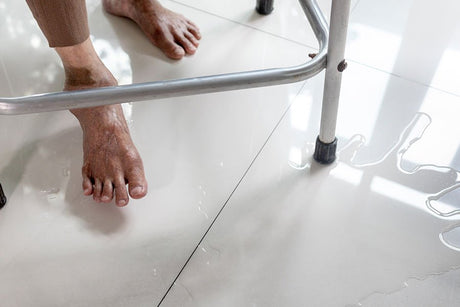
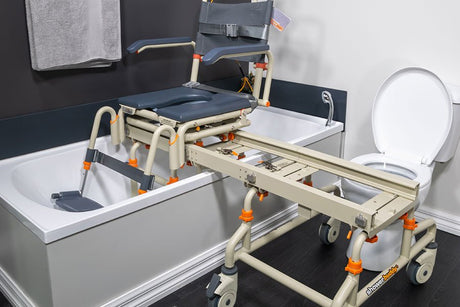
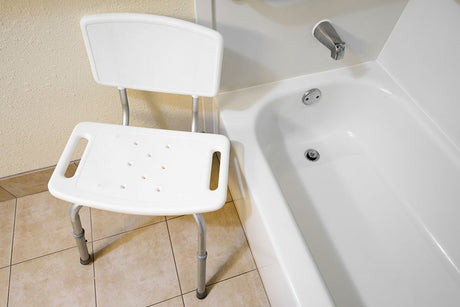
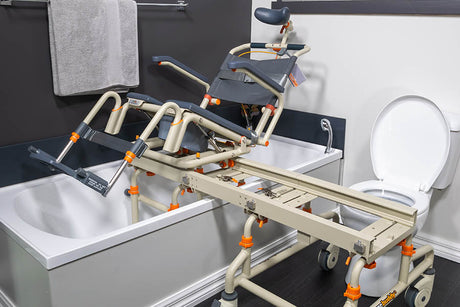
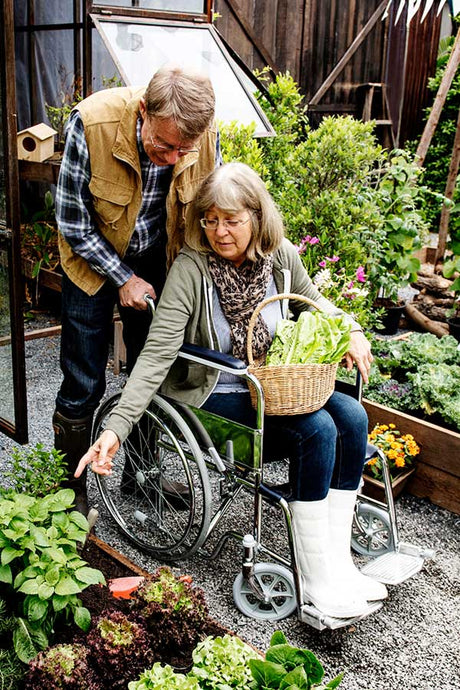
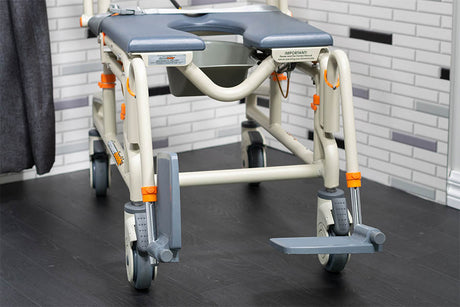

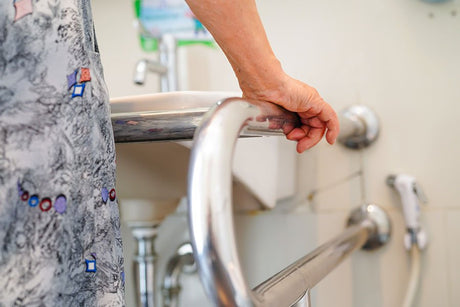
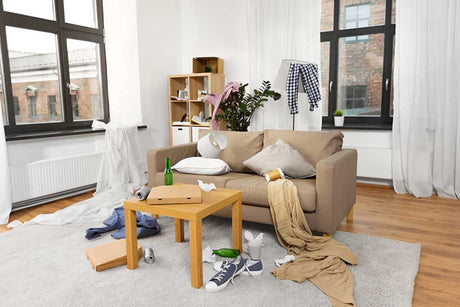
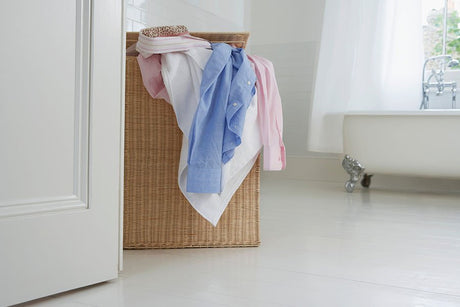
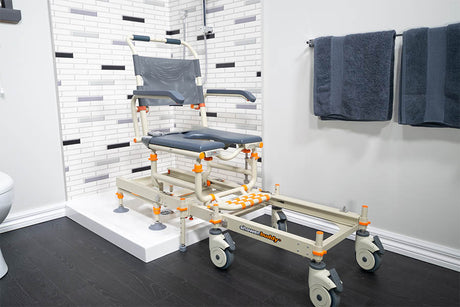
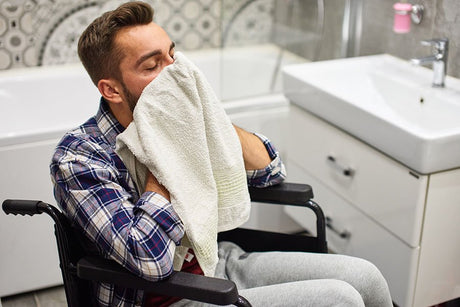
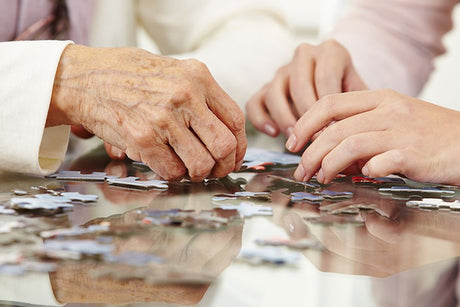
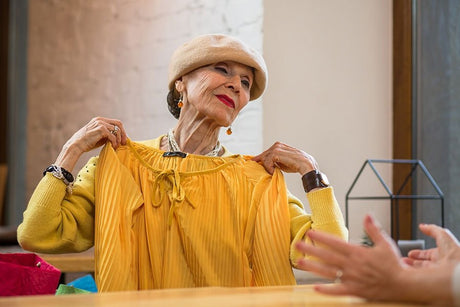
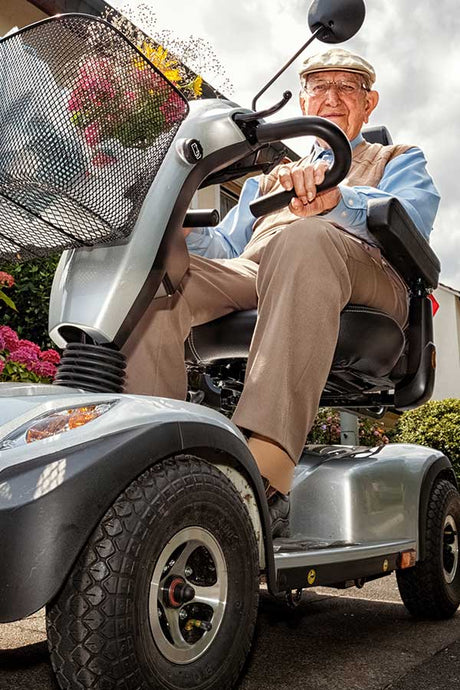
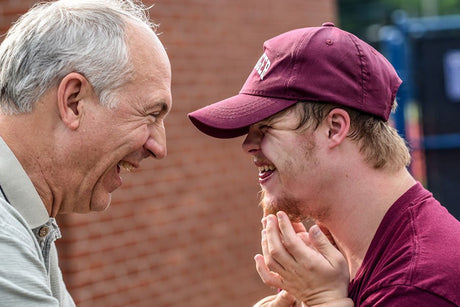
![Toilet Training A Young Child With Mobility Challenges [And How A Shower Chair Can Help]](http://shower-buddy.com/cdn/shop/articles/toilet-training-disabled-child.jpg?v=1699405543&width=460)


